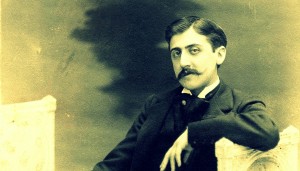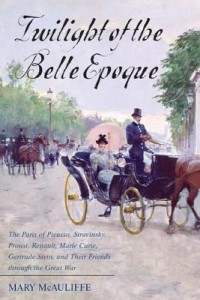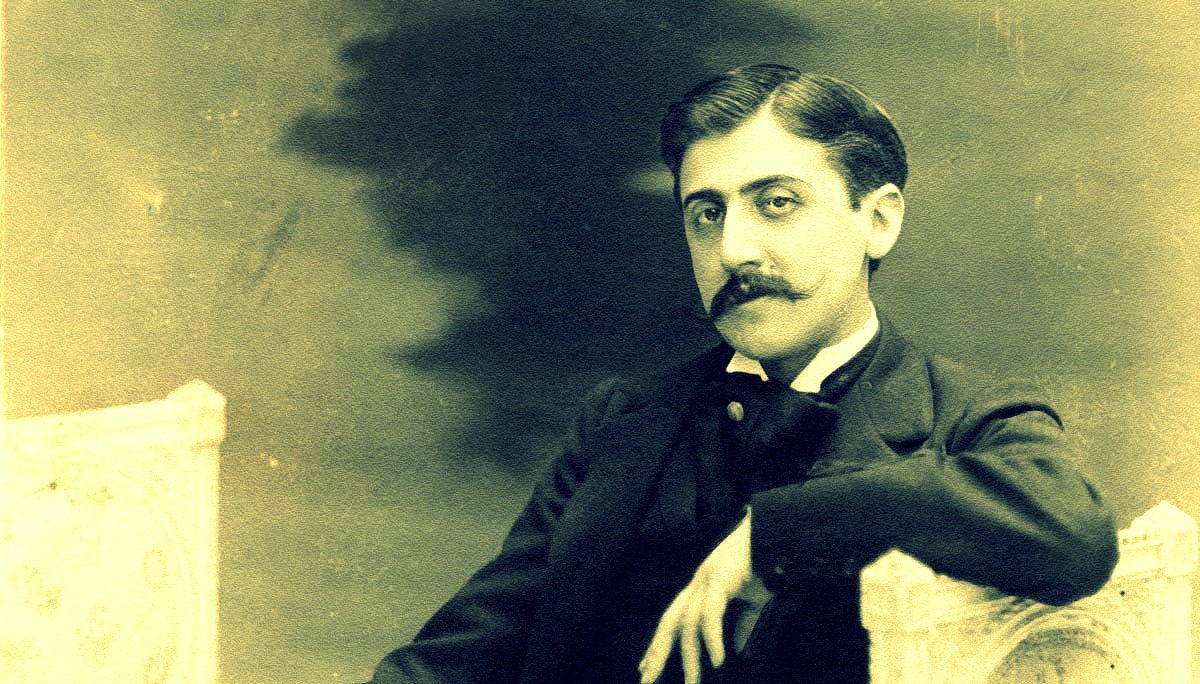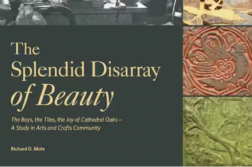
Few periods in French history are as glittering and vibrant as the Belle Époque, the prosperous decades of peace between France’s ignominious defeat in the Franco-Prussian War (1871) and the carnage of the Great War (1914-18). We are still awed by the urban achievements of the period: Georges-Eugène Haussmann’s monumental remodeling of Paris was completed; the Eiffel Tower (1889) soared to a record height for a manmade structure; new electric street lamps dazzled the world above ground and the metro bustled below. The era’s varied artistic production still reliably supplies blockbuster exhibits of Art Nouveau, impressionism, post-impressionism, and cubism for the world’s museums.
Mary McAuliffe’s Twilight of the Belle Époque inevitably delights with its evocation of the glitterati of Paris from 1900 until the end of World War I. (Her 2011 volume, Dawn of the Belle Époque, explored the years 1871 to 1900.) Each chapter covers a year and darts back and forth between scores of celebrated artists, authors, composers, actors, dancers, and a few titans of science and technology, such as Marie and Pierre Curie, André Citroën, and the Renault brothers. It reads somewhat like a historical concordance of celebrities’ journals as we peep into their dinner parties, concerts, and sexual dalliances.
In light of McAuliffe’s particular attention to the amorous affairs of the rich and famous, it’s curious how little information there is on the famous homosexuals of the Belle Époque. She provides a couple of paragraphs on the dramatic affair between dancer Vaslav Nijinsky and impresario Sergei Diaghilev, but only passing mention of the love lives of other luminaries that might have been spotlighted: Gertrude Stein and Alice B. Toklas; musical patroness Princesse Edmond de Polignac (née Winnaretta Singer); novelist Marcel Proust; and writer and filmmaker Jean Cocteau.
Although the political historical context mainly serves as a backdrop to the biographical anecdotes, I found it particularly moving how directly engaged in the war effort almost all of these celebrities were. Many men served on the front lines; the women helped transport and care for the wounded. The war may have dimmed the lights of Paris but it ignited the patriotic heroism of even the affluent and bohemian. Twilight of the Belle Époque provides a charming meander through the City of Lights and its astonishingly rich cast of cultural icons.
 Twilight of the Belle Époque: The Paris of Picasso, Stravinsky, Proust, Renault, Marie Curie, Gertrude Stein, and Their Friends through the Great War
Twilight of the Belle Époque: The Paris of Picasso, Stravinsky, Proust, Renault, Marie Curie, Gertrude Stein, and Their Friends through the Great War
Mary S. McAuliffe
Rowman & Littlefield. 2014. 418 pages.





